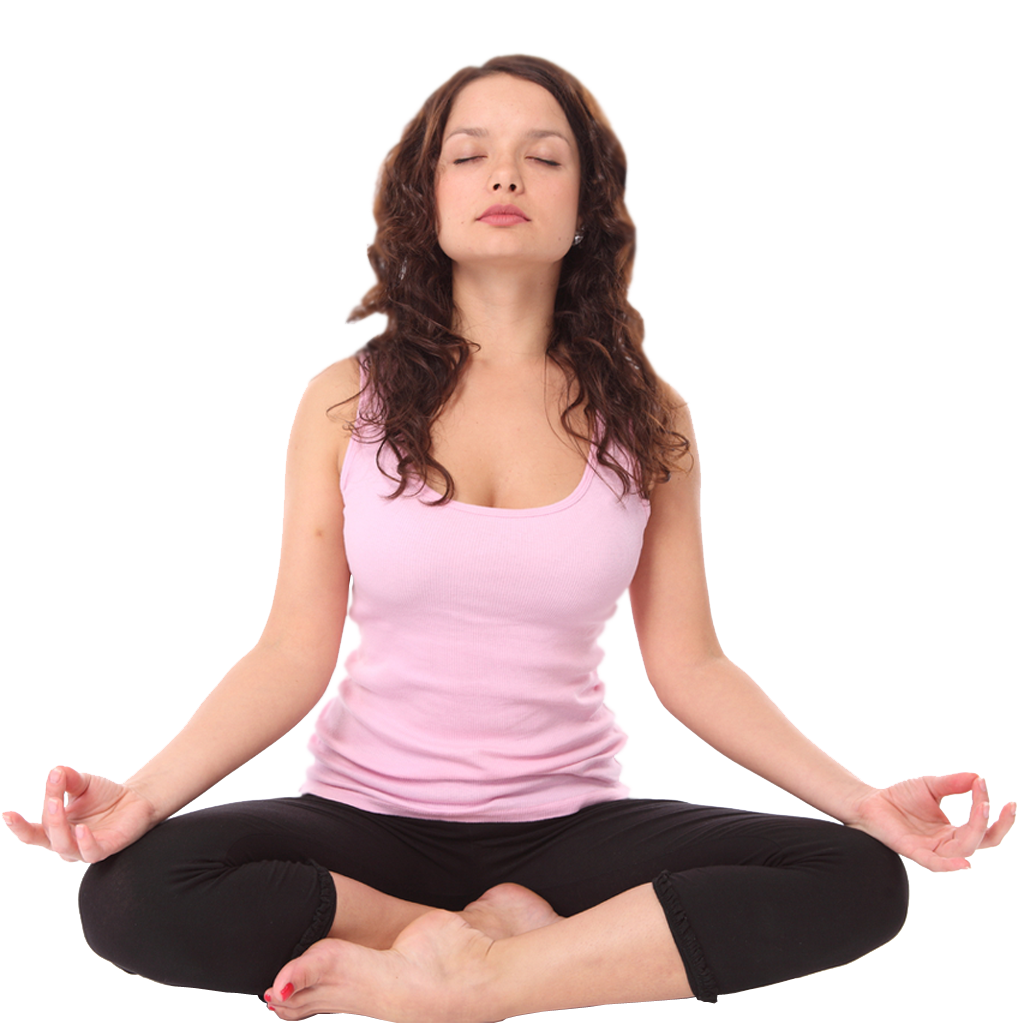
Y for Yoga of Breathing
What is yoga of breathing ?
Finding emotional relief through self-soothing, self-connection, and self-empowerment is a helpful way to curb tendencies toward food, or other unhelpful “Band-Aids.” The diaphragm is the most efficient breathing muscle, and it’s the primary muscle used in inspiration (breathing in). It’s a domeshaped muscle at the base at the lungs. Anxiety or other unpleasant emotions can lead you to “ignore” the diaphragm, causing it to become tight and weak, and restricting the breath.
Some Benefits Include:
- Helping the body use oxygen more efficiently
- Preventing muscle pain and strain
- Turning on the parasympathetic nervous system:
- Calms and relieves stress
Helps with digestion
- Bringing you into present mindfulness
- Helping with emotional
Diaphragmatic/belly breathing is an easy exercise that you can do anywhere. You might find it easier to start lying on your back, but you can also do this sitting or standing. If lying on your back, place support under your knees.
How to do it — Directions:
1 Place one hand on your chest, with your thumb pointing upward in the middle of your chest and your pinky in the space between your rib cage.
2 Place your other hand on one side of your rib cage with your fingers pointing toward your midline.
3 Exhale completely through your mouth, relaxing your muscles.
4 Close your mouth, and inhale slowly through your nose. Pull the air in deeply, as if you were breathing it into your abdomen. • Focus first on allowing your ribs to expand horizontally (out to the sides). This creates more space for the diaphragm to then move outward (forward). • You should feel the hand on your ribs move out to the side as you inhale, and your pinky finger move out away from your body (forward).
5 When you’ve inhaled as much air as you comfortably can, pause, then exhale slowly and steadily through your mouth. Use pursed lips, as if you’re blowing through a straw, in order to push the air out and “deflate” the diaphragm. • The hand on your ribs should move inward toward your midline. • Your pinky finger should move inward toward your body.
6 Pause momentarily before inhaling again, and repeat to continue the exercise for 5-10 minutes.
CREATING A ROUTINE Diaphragmatic breathing takes practice, so be patient with yourself. Here are a few tips:
Don’t try too hard, as this does the opposite of calm you down. • Focus on tuning into deeper, calmer rhythms, which can help the relaxation response kick in. • Aim to practice 1-2 times per day, for 5-10 minutes. Choosing the same time each day creates a sense of ritual and increases the odds that you’ll develop the habit of practicing consistently.
